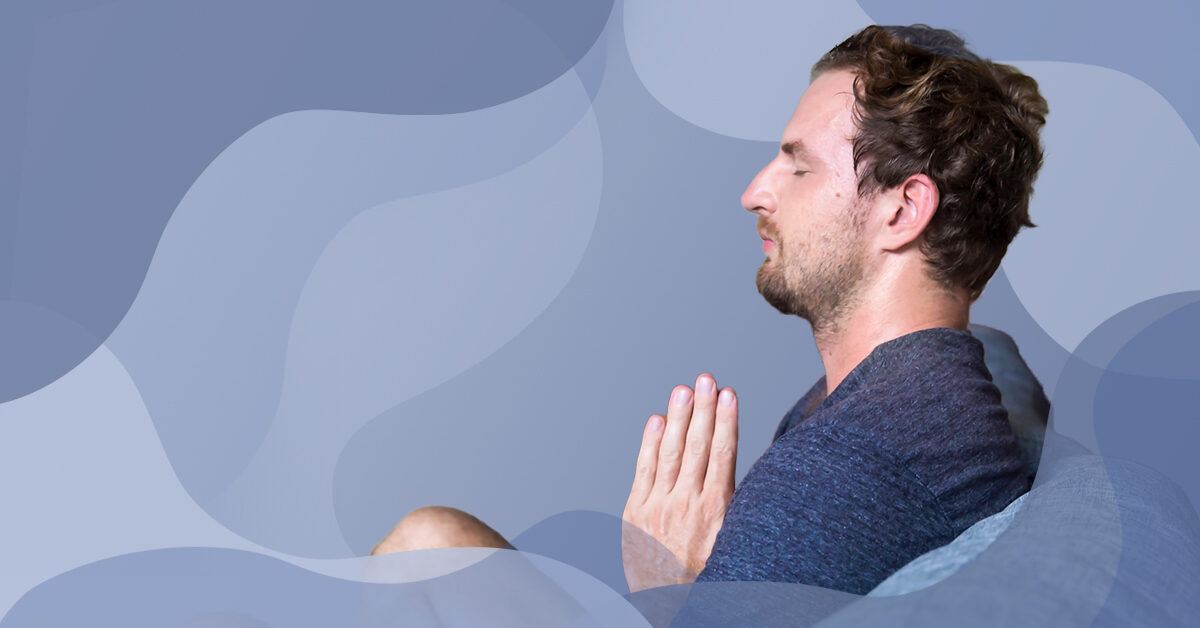#deep #breathing #life #living #stress
“Learning deep breathing techniques can reduce stress and improve our overall well-being with consistent practice“– Paul Ebeling
We have all heard someone say “take a deep breath” in a moment of stress. There is real science behind this cliché.
The physiological connections of deep, controlled breathing patterns are vast, from the autonomic nervous system to the cardiovascular system and beyond.
Many cultures around the world have used breathing strategies as a method of stress reduction and relaxation for centuries.
In traditional yoga, pranayama combines the Sanskrit words for energy & control is the practice of regulating the breath to increase mindfulness and release tension.
Doctors now know the potential dangers of chronic psychological stress, ranging from physical ailments to mental disorders. That is why mechanisms for reducing and managing stress whether it is from past trauma or the ups and downs of everyday life are so important for our overall health.
There are 2 types of breathing:
- Diaphragmatic. This is deep, abdominal breathing that involves the diaphragm muscle, which pushes the stomach out and allows the lungs to fully fill with air.
- Thoracic. This is chest or shallow breathing when breaths are short, rapid, and do not engage the diaphragm. Thoracic breathing does not allow your lungs to fill with air and can induce feelings of anxiety.
When we do deep breathing this is a form of diaphragmatic breathing. Research on breathing has shown its significant benefits for both psychological and physical well-being.
Before you begin, find a comfortable seated position.
- With your tongue pressed against the roof of your mouth and lips parted, exhale completely with a whooshing sound.
- Close your lips and breath in through your nose for 4 secs.
- Hold your breath for 7 sec.
- Open your mouth and exhale for 8 secs, again making a whooshing noise with your breath.
This ends 1 cycle. After finishing step 4 return immediately to step 1. Then go on to complete 4 full cycles.
You may feel lightheaded or mildly dizzy the first time you try the 4-7-8 method. With practice and repetition, that discomfort should fade, and the relaxing effects should grow.
By triggering your body’s relaxation response, deep breathing can help:
- improve mood
- release tension and stress
- reduce anxiety
- increase focus
- regulate sleep patterns
- slow heart rate
- lower cortisol levels
- expand and strengthen lungs
The many benefits of deep breathing exercises are why they’re now often used to manage physical and mental conditions, such as:
- depression
- panic disorder
- insomnia
- bipolar disorder
- hypertension
- irritable bowel syndrome (IBS)
- asthma
- cardiovascular diseases
A recent study found that slow guided breathing reduced blood pressure in patients with hypertension.
Research from Y 2017 found that practicing diaphragmatic breathing can improve attention spans in adults.
Have a healthy, prosperous weekend, Breathe and Keep the Faith!









